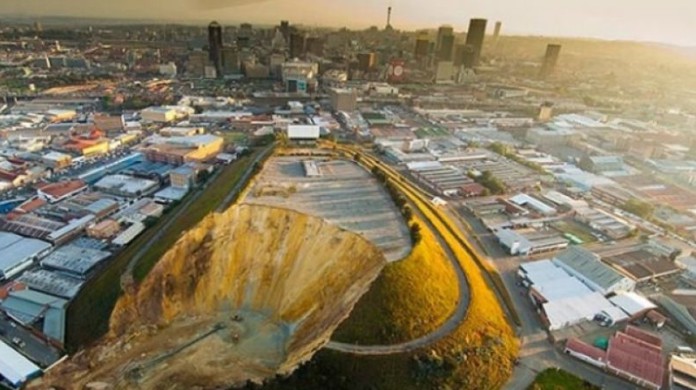
ACCORDING to the Thomson Reuters GFMS 2016 survey of world gold production, an estimated 187,200 tonnes of gold has been mined through recorded history. That’s worth $7.7 trillion at an average cost of $1,320/oz.
Of that amount, it’s fairly common knowledge that a large proportion has been mined from South Africa. In fact, from a standing start in 1885, production quickly increased to 126 tonnes by 1898 and 436 tonnes a year by the mid-Fifties. A decade later, South Africa reached its production zenith of around 1,000 tonnes a year which accounted for about 77% of total world production.
Mines being a wasting asset, however, means that record-breaking performance could not be maintained. As for 2016, South African gold production comprised about 5% of total world production, according to GFMS. Roughly 42% of total gold output was mined by other countries outside the major contributors which are China (14%), Australia (9%), and the Russian Federation (8%).
The decline in production is as non-linear as growth in the previous century. There’s no greater demonstration of this than to see where South Africa’s gold industry ranks in terms of last year’s production costs.
Predictably, at an all-in sustaining cost (AISC) of $1,035/oz (2015: $1,080/oz), South African gold is the most expensively mined. The next most expensive gold is mined in the US which, at an AISC of $784/oz, is nearly a quarter less per ounce than it costs to mine in South Africa.
It makes the efforts of the country’s gold producers to effectively mine the remnants of their orebodies almost valiant, coping as they do with labour and regulatory challenges.
Said GFMS: “South Africa had a relatively good year (in 2016) with output only slightly lower at just over 150 tonnes, a one tonne or 0.7% fall year-on-year. To put this modest drop into context, production in South Africa, formerly the world’s largest gold producer, regularly posts declines of around ten tonnes per year.”











